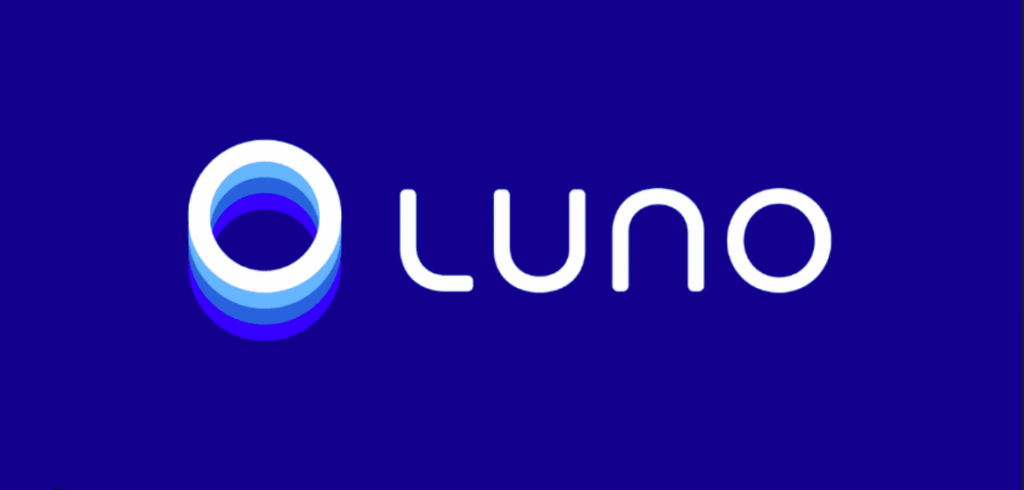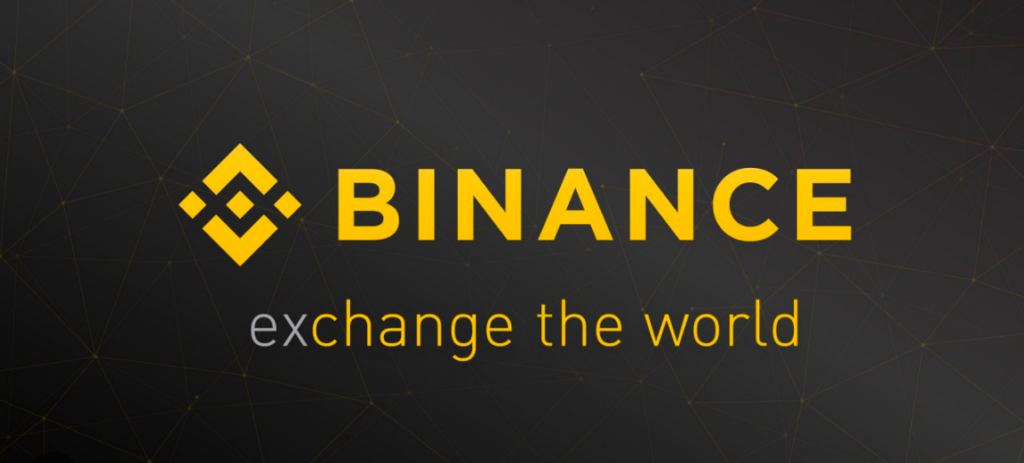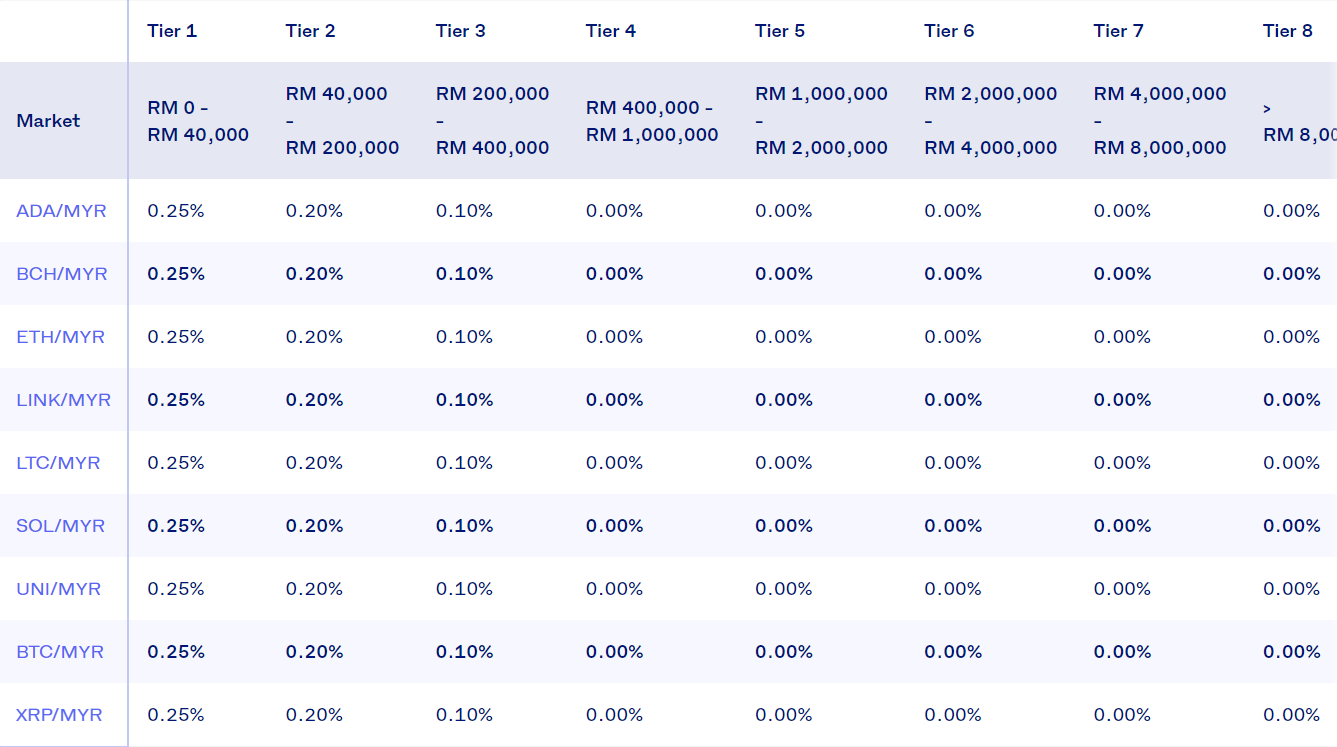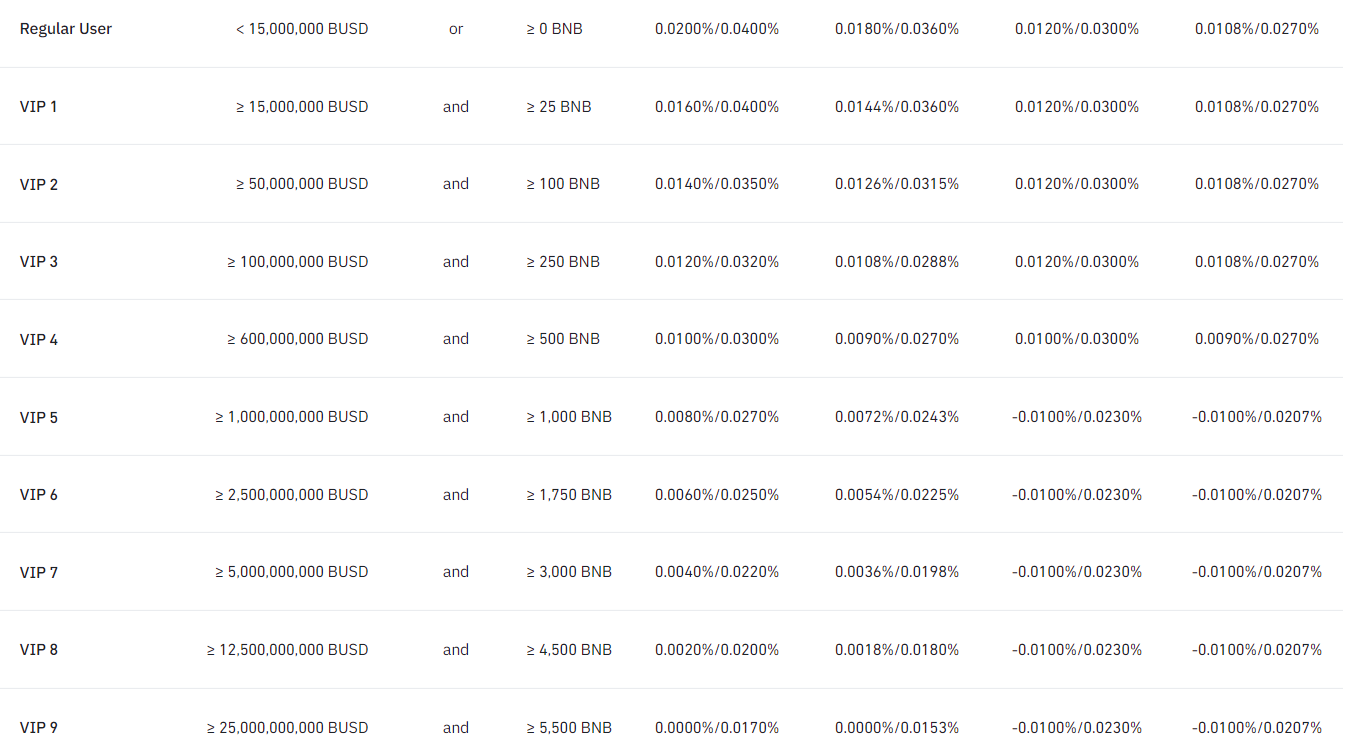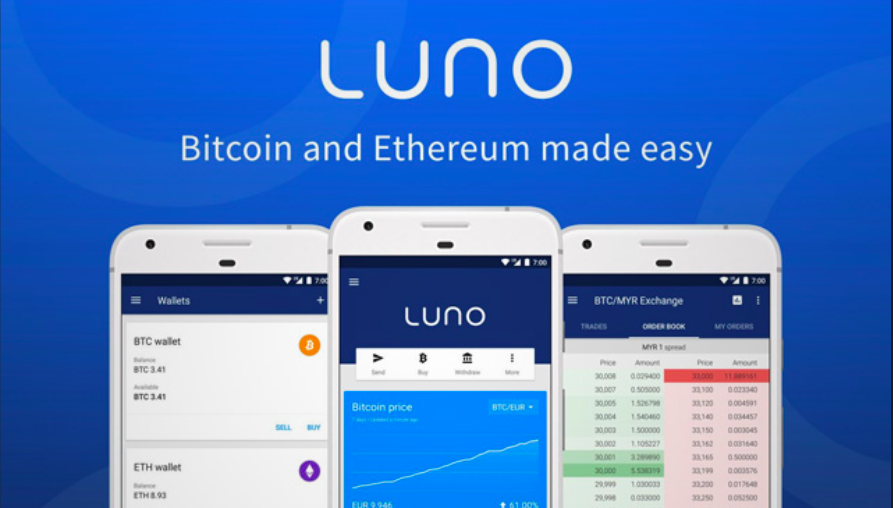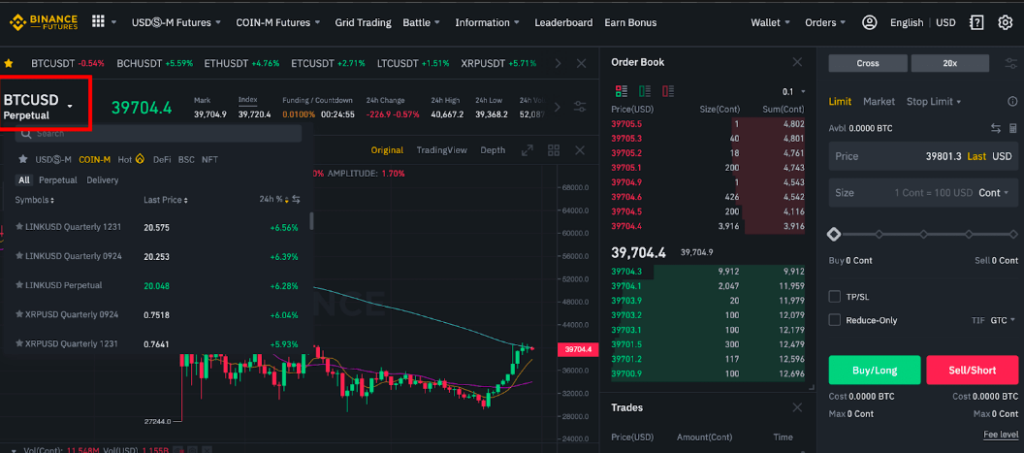Are you confused between Luno and Binance?
Need help deciding which of the two will be best for you? Or do you want to understand what these exchanges offer?
Don’t worry; I am here with the most sensible and in detail comparison of these exchanges that will help you choose which exchange will be best suitable for you.
So without any further delay, let’s start with an accounting of what these exchanges are known for and how did they originate.
Luno vs Binance: At A Glance Comparison
This ultimate crypto exchange was introduced in 2013 and was known initially as BitX. It was rebranded in 2017 as Luno. With a user base of more than 10 million, the exchange is available in more than 40 markets across North America, Africa, Asia and Europe.
Binance
On the other hand is Binance which is the world’s leading blockchain ecosystem with a product suite that includes the largest digital coins exchange.
It was launched in 2017 and had a user base of more than 120 million.
It is a feature-loaded platform offering some additional crypto-related services like crypto loans, liquidity farming, DeFi staking and more.
Now that you know what these exchanges are, let’s discuss what trading market, products, and leverage they offer.
New to crypto trading? Learn the Advantage of Crypto Leverage Trading
Luno vs Binance: Trading Markets, Products & Leverage Offered
Luno
- Crypto Swap: Choose from more than 25 trading pairs readily available on the exchange.
- Spot Trading: There is a wide range of crypto assets to choose from, including BTC, BCH, ADA, ETH, LTC, XRP, SOL and more.
Binance
- Leverage Trading: Take advantage of the maximum leverage of up to 20x.
- Spot Trading: Includes all your favourite ones like BTC, ETH, SOL, XRP and many more.
- P2P Trading: Trade TetherUS (USDT) with the lowest transaction fees of <0.10% for all markets and 700 payment methods.
- Binance Earn: Enjoy flexible DeFi staking with up to 6.38% and an additional 1.5% APR.
- Futures Trading: For futures trading, you can choose from:
-
- Coin-M Futures: Perpetual or quarterly futures contracts settled in crypto coins.
- USD-M Futures: Perpetual or quarterly futures contracts settled in USDT or BUSD.
Verdict: Clearly, Binance is the clear winner in this segment, with a lot more trading products and leverage trading options.
Luno vs Binance: Supported Cryptocurrencies
Now, let’s discuss what the supported crypto assets on these exchanges are.
Luno
Beginning with Luno, there is a very limited but still essential range of crypto assets which include:
- Bitcoin (BTC)
- Ethereum (ETH)
- Uniswap (UNI)
- Litecoin (LTC)
- Ripple (XRP)
- Solana (SOL)
- Cardano (ADA)
- Chainlink (LINK)
- Bitcoin Cash (BCH)
- USD Coin (USDC)
Binance
Now, coming to Binance, there is a vast range of crypto assets available to trade with. There are more than 350 crypto coins which include all your favourite ones like BTC, ETH, UNI, LTC, XRP and many more.
Verdict: Binance is the clear winner in this segment, with a lot of crypto assets to trade with.
Luno vs Binance: Trading Fee & Deposit/Withdrawal Fee Compared
Now, let’s discuss one of the most important aspects of trading, which is the fees.
Luno-Trading Fees
Starting with Luno, which has a little diverse and complex fee structure that depends on the country you are trading in. In addition, there are fees to send crypto, which is dynamic; however, receiving crypto is free.
The trading fees follow a maker/taker fee structure where in the fees depend on your trading volume. Luno does not charge any maker fees. However, the taker fees vary between 0.03% to 0.10%.
Deposit and Withdrawal Fees
On Luno, you can deposit not only crypto but also fiat currencies, but that can be done only via wire transfer, and there are no fees for depositing.
While withdrawing, you only have to pay the network fees, which is really competitive.
However, there is a withdrawal fee which is usually fixed, which is:
|
Currency |
Method | Fees |
| EUR | SEPA Transfer |
EUR 0.30 |
|
IDR |
Bank Transfer | IDR 6,500.00 |
| MYR | Interbank GIRO / IBFT |
MYR 0.10 |
|
NGN |
Bank Transfer | NGN 200.00 |
| ZAR | EFT |
ZAR 8.50 |
Binance-Trading Fees
Now, let’s see what trading on Binance costs you.
Again starting with the trading fees, when you hold BNB tokens in your wallet, you will get a discount of flat 25% on the fees.
The standard fee for trading on Binance is 0.1%. So, if your trading volume is high, then holding BNB tokens will surely be a good decision.
Deposit and Withdrawal Fees
You don’t need to pay any deposit fees on Binance Futures; however, when you withdraw crypto, the fee charged on them is dynamic and depends on the market’s trend.
Verdict: Though the fee schedule of Luno is a little complex, the overall trading on Luno is more affordable, making it the winner in this segment.
Luno vs Binance: Order Types
Coming to order types, let’s see what these exchanges have to offer.
Luno
At Luno, there are all the crucial order types available on the platform, which are:
- Market Order
- Limit Order
- Stop-Limit Order
Binance
When it comes to Binance, there is a pretty wide range of both basic and advanced order types which includes:
- Limit Order
- Market Order
- Stop Limit Order
Advanced Order Types
- Stop Market Order
- Trailing Stop Order
- Time Weighted Average Price (TWAP)
- Post Only Order
Verdict: Binance is the clear winner in this segment, with a lot many order types, both basic and advanced.
Luno vs Binance: KYC Requirements & KYC Limits
Luno
On Luno, there is a dynamic account and KYC structure; it doesn’t mandate KYC in all countries.
| LEVEL | REQUIREMENTS |
| Level 1 | Confirm your mobile number and your basic personal details |
|
Level 2 |
Submit a photo/scan of your government-issued ID (accepted documents) and a selfie photo (no older than 24 hours) |
| Level 3 | Enter your residential address and select your employment status, occupation and source of funds. |
Binance
On the other hand, Binance mandates KYC requirements; as soon as you open your account, in order to trade, your account needs to be KYC compliant. The documents you can use to be verified are:
- Driver’s license or Government issued ID.
- Passport
- Social Security Number
- PAN Card
- Voter ID Card
There are 3 levels of verification levels on which your trading limits are capped. These are:
- Basic: $300 Lifetime Buy Crypto & Fiat Deposits/Withdrawal Limit and Max. 0.06 BTC withdrawal limit.
Requirements:
Personal information
- Intermediate: $50,000 Daily Buy Crypto & Fiat Deposits/Withdrawal Limit, Max. 100 BTC withdrawal limit and P2P/OTC/Binance Card Perks.
Requirements:
Basic Information
Government ID
Facial Verification
- Advanced: $200,000 Daily Buy Crypto & Fiat Deposits/Withdrawal Limit, No BTC withdrawal limit, and P2P/OTC/Binance Card Perks.
Requirements:
All intermediate requirements
Proof of address
10 days review time
Luno vs Binance: Deposits & Withdrawal Options
Luno
Like most of the crypto exchanges, Luno accepts major fiat currencies like EUR, IDR, MYR, ZAR and NGN. Deposits and withdrawals can easily be made through wire transfer or credit card.
Additionally, Luno also provides you with an option to purchase Bitcoin and Ethereum directly from your credit card.
Binance
Similarly, Binance offers all the crucial options to withdraw and deposit crypto; these are:
- Credit/Debit Cards
- Direct Crypto Transfers
- Wire and Interac Transfers
All of the withdrawals and deposits are conducted through trusted payment gateways to ensure 100% legit and safe transfers.
Luno vs Binance: Trading & Platform Experience Comparison
Luno
Luno has a comparatively basic interface, but it is ideal for beginners. It has an exchange section where you can readily exchange your assets.
Luno’s trading interface is simple and intuitive, it comes with line and candlestick chart types. There isn’t any indicator supported, but the platform is constantly adding new features to help you trade with ease.
Luno is essentially a mobile trading platform available on both iOS and Android devices; it doesn’t have a desktop version.
Binance
In contrast, Binance is designed for advanced and high-volume trading with a quick convert section where you can buy/exchange crypto with ease. If you need a full-fledged platform of futures, margin, or spot trading Binance is for sure the way to go.
It has two charting systems one is it’s in a house built, and the other is the well-known TradingView. Yes, it comes with an inbuilt TradingView charting system that is not only precise but also shows real-time trading data.
Other in-built features available at your fingertips are:
- Order Form
- Order Book
- Depth Chart
- Indicators
- Easy-to-use order menu
- Feature-rich mobile app
To know more about the exchange, check this guide on how to trade crypto futures on Binance.
Luno vs Binance: Customer Support
Customer support is another crucial aspect to consider before choosing a crypto exchange, so let’s compare the exchanges on its basis now.
Luno
Beginning with Luno, this crypto exchange offers a full-fledged help centre which is equipped with a comprehensive FAQ section where you will get answers to most of your concerns and questions.
Additionally, you can also use a virtual assistant and always choose to email them or raise a support ticket if you have any further queries or issues.
Binance
Similarly, Binance has three ways to provide support to its users. First is its vast FAQ and Binance Learn section for your generic queries and to learn using various tools and features for trading.
Other than that, there is 24×7 chat support, and also, if you want to connect to an assistant one on one, you have that option available as well via raising a support ticket or sending an email.
Luno vs Binance: Security Features
Now, one of the most crucial factors to look for when choosing an exchange is security after all, that’s the money which you are trading, so let’s understand what the security systems these exchanges are equipped with are.
Luno
This crypto trading exchange provides one of the most advanced and crucial systems that you’ll need for an optimised and safe trading experience. These features include:
- Cold Storage
- Air-Gapped Wallet
- Two-Factor Authentication
- AML and CTF Features
Binance
Similarly, Binance nowhere lacks behind when it comes to the safety and security of the exchange. Binance offers the industry’s best security features, which include:
- Multi-Factor Authentication
- Organisational Security
- Regular Audits
- Advanced-Data Encryption
- Real-Time Monitoring
- Secure Cold Storage
Is Luno a Safe & Legal To Use?
Luno is not a regulated exchange and is not licensed by any recognised body like FCA, but the track record of this exchange is just foolproof.
Additionally, the industry’s latest and foolproof security features that this exchange offers make it completely safe and legal to use.
Additionally, the trading capabilities and limits are set by default according to the country you are trading in, so the exchange is 100% legal to use.
Is Binance a Safe & Legal To Use?
On the other hand, Binance is regulated by various authoritative boards and has even gained regulatory approval in France, which is the first European country to give it one.
Secondly, this crypto exchange’s user base and size show that this exchange is going nowhere.
Moreover, the state-of-the-art security features and FDIC insurance this exchange offers make it one of the safest crypto exchanges out there.
Binance vs Luno Conclusion: Why not use both?
Binance and Luno are undoubtedly among the unbeatable crypto trading exchanges in their segments. Deciding on one among them solely depends upon your trading needs.
Luno crypto trading exchange is the best for users looking for an exchange with minimal costs and essential trading capability. It is the best for beginners who have just entered the cryptosphere and are inquisitive to learn basic features first.
On the other hand, if you are an advanced trader and looking to step your game up, then Binance is undoubtedly the best crypto day trading platform for you; the advanced charting systems and best pricing make it the ultimate choice for you.
Now, go out there, explore these unique exchanges and skyrocket your profits today!
Learn how does Binance & Luno stack up against the competition.
- Binance vs Abra
- Binance vs eToro
- Binance vs BingX
- Binance vs Bitstamp
- Binance vs Delta Exchange
- Bitfinex vs Binance

